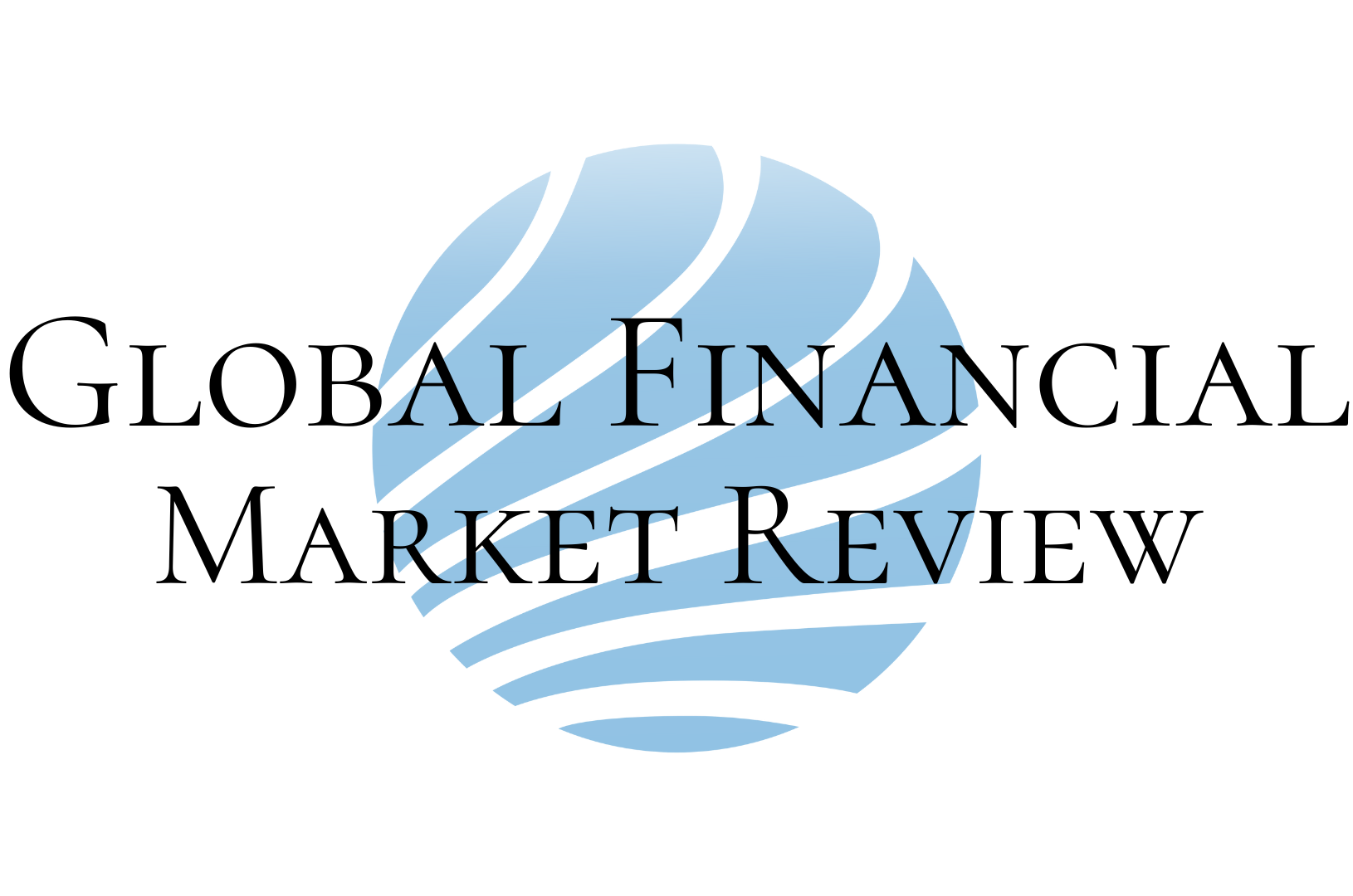Banks in many countries in Asia-Pacific region will not be too worried about Fed’s interest increase by three or four times in 2018. But, if the agency raises interest rates more than expected, it may have certain impact on the future market.
Le Quang Trung, deputy general director cum director of VIB’s Treasury and Foreign Exchange Division said it is not correct to say that banks do not prepare or are not concerned about Fed’s interest rate increase because each time that Fed changes interest rates, not only in VIB, but also in other banks, the asset and liability management units have to meet to consider impacts of this change. “However, the proportion of impact is basically very low so it is not a problem,” said Trung.
Trung analysed that many years ago, whenever Fed raised interest rates, banks were worried about liquidity because the proportion of lending in US dollar out of total outstanding loans accounted for very large proportion. However, at the current moment, this has changed. For example, in VIB, lending in US dollar only accounted for about 5-6 percent of the total outstanding loans which are very small. Besides, liquidity of the entire system is stable, and the dollarisation has sharply decreased in recent years.
Foreign investors hold bonds of Vietnamese government at negligible proportion, so Fed’s interest rate increase does not affect the capital flow from low-income countries to the U.S to have higher interest rates.
“Indirect investment in Vietnam is very low, so the impact on US dollar liquidity does not have profound impact on liquidity of Vietnamese banks”, emphasized Trung.
One point that Trung noticed was that the difference between dong and US dollar interest rates is very low, causing people who previously borrowed in US dollar to shift into dong now. In fact, previously, the difference between lending in US dollar and dong was about 3-4 percent/annum, so this year, lending in US dollar will be more beneficial. However, the difference is just one percent/annum, so lending in dong will certainly be more beneficial. US dollar is forecasted to fluctuate about 1-2 percent, so lending in dong will completely remove exchange rate risks, and opportunities will be safer.
Regarding import and export balance surplus, the Department of Customs said in the first half of March, export turnover reached $9.96 billion, up 94.1 percent from the second half of February while import turnover touched $9.1 billion, up 42.2 percent from the second half of February. Since the beginning of the year till March 15, the total import and export turnover hit $87.46 billion, up 21.2 percent (or $15.3 billion) compared to the same period of 2017. The trade balance ran a surplus of $1.39 billion.
“The opinion of Jerome Powell, current Chair of Fed about the US dollar interest rate increase, is not much different from his predecessor Janet Yellen. Accordingly, the market seems to correctly forecast the trend that US dollar interest rate will increase four times in 2018. With Fed’s interest rate increase at the end of last week, which means there will have three more times, I forecast that the targeted US dollar interest rates will just be around 3.7-4.25 percent/annum depending on inflation and development speed of the economy”, said Trung.
A quick study by BIDV’s Board of Capital and Monetary Business said basically, the domestic foreign exchange market does not react to Fed’s interest rate increase decision as expected. The US dollar-dong exchange rate continues to increase 10-15 points on March 22, ranging around 22,780-22,800 dong/US dollar.
As such, within one month only, the US dollar-dong exchange rate increased about 80-90 points, the strongest fluctuation of the market since June 2017. This development of exchange rate will be influenced by two major factors. First, the foreign exchange supply-demand will be more balanced after having sold to the State Bank more than $6 billion in January and the first half of February 2018. At the same time, the foreign currency supply in March has not increased as strongly as expected.
Second, the difference in dong-US dollar interest rate in the interbank market has strongly narrowed (for example, the 3-month term fell from 1.1 percent/annum before the Lunar New Year to negative 0.3 percent/annum and 0 percent/annum on March 22) causing the spot exchange rate by 3-month term buying exchange rate to soar. It is forecasted that the increase of US dollar/dong exchange rate may slow down in the last sessions of March when the foreign currency supply and demand is rather balanced and the interest rate balance is expected to be at the bottom. The US dollar/dong exchange rate is forecasted to range between 22,770 dong and 22,800 dong per US dollar.
Ngo Dang Khoa, Country manager of Foreign Exchange Services and Capital Market at HSBC Vietnam said since 2016, the capital flow into Vietnam has been very large, mainly coming from FDI and capital divestment of the State. Accordingly, Vietnam’s foreign currency reserves increased to $57 billion in 2017 and $60 billion in 2018, showing that foreign capital flow continues to pouring into Vietnam.
The government’s plan is to continue strengthening the capital divestment from state-owned enterprises in 2018, so it is forecasted that the capital flow will still remain abundant. When the supply increases, theoretically, the domestic currency will have to increase relatively compared to the US dollar. Basically, HSBC forecasts that the exchange rate will remain stable at 22,900 dong/US dollar at the end of 2018, compared to the current moment of 22,750 dong/US dollar, equal to the fluctuation of 0.1 percent.
“Banks in many countries in Asia-Pacific region will not be too worried when Fed increases interest rate by three or four times in 2018 because current account balance is mostly surplus and inflation is basically low. The issue is that we will have to see how Fed’s forecast about the US economy will be? Will Fed increase more than forecast in this year or not? If yes, it can cause certain impact on the future market”, said Khoa.


